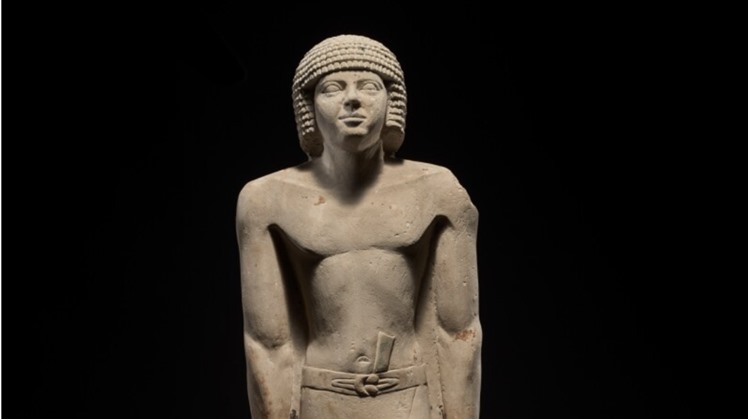The statue came from a tomb located in the Great Western Necropolis next to the pyramid of Khufu, of a man named Wery and his wife Mitte dating back to the Fifth Dynasty.
The statue was originally located in the basement room or the statue, which is a feature of these tombs that contain sculptures of the tomb owner and his family, and the statues served as a home for the soul in case anything happened to the mummy, for this reason, an individual may have multiple images of himself, usually Depicted as young and strong, this statue is one of seven limestone statues found in the crypt, including a statue of Wery and a statue of a man named Brothers and his wife Pepi, who may have been relatives of Wery.
The statue is unengraved but most likely represents a weary, depicting him walking forward with his left leg advanced in a position typical of the period wearing a wig composed of rows of braids while his muscular arms hold on to two circular reins, a stylistic feature often found in Egyptian sculpture.
These large statues are considered rare, since much of the pigment has been preserved on the surface and William Stephenson Smith, a pharaonic art historian, noted that the Wesley group of sculptures "best represent the small private statues of the late Fifth Dynasty".
 Mon, Jan. 17, 2022
Mon, Jan. 17, 2022